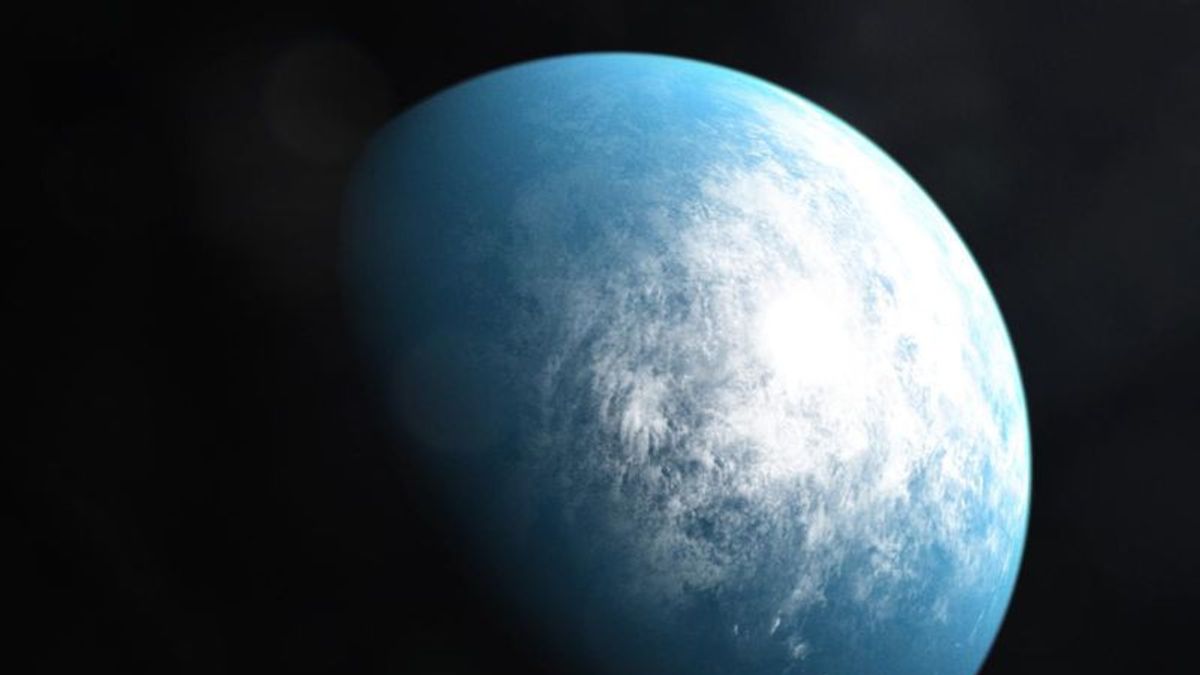JAKARTA - Early 2020, the National Aeronautics and Space Administration (NASA) Institute received a "sweet gift" for its research materials. For the first time, NASA's Transiting Exoplanet Survey Satellite (TESS) discovered a planet that has the size of Earth.
The planet Earth's twin is known to be in the habitable zone, and has an orbital distance zone where the planet has water and is in a stable state.
This newly discovered extrasolar planet is named as TOI-700d. The location is 101.5 light years from Earth.
This makes the planet a good candidate for further, more in-depth observations. The discovery of this planet is a kind of discovery of "treasure" because it is relatively close to Earth.
Otherworldly discoveries alert! Find out the latest @NASAExoplanets findings from our planet-hunting TESS mission. Watch live: https://t.co/oJKHgKpQjH # AAS23 pic.twitter.com/FCK6QC0pWB
- NASA (@NASA) January 7, 2020
Not only TOI-700d, NASA also found 3 planets outside the sun. The first is that red dwarfs are about 40 percent larger, 40 percent wider, and 50 percent hotter than the sun.
The innermost planet, TOI-700b, is roughly the size of Earth and completes one orbit every 10 Earth days. The central planet, TOI-700c, is 2.6 times larger than Earth, which is also known as 'mini-Neptune'.
TOI-700d, also known as the outermost planet, is 20 percent larger than Earth and takes 37 days for one orbit. The planet also receives 86 percent of the stellar energy that Earth gets from the sun, which is what puts TOI-700d in the habitable zone.
"TESS was designed and launched specifically to find Earth-sized planets orbiting nearby stars. The planets around those stars are the ones that are most easily observed with larger telescopes in space and on Earth," said Paul Hertz, director of the astrophysics division at NASA Headquarters, quoted from Space, Wednesday January 8, 2020.
"Finding the TOI-700d is a key science discovery for TESS," he added.
TESS, launched in April 2018, searches for planets using the "transit method". TESS looks for signs of a decrease in star brightness caused by the orbits of planets around the star.
Initially TESS will group the stars so that it can display a picture of the planets based on their size and surface temperature. Not only NASA scientists who are involved in TESS, amateur astronomers including school students are also involved.
"When we correct for the parameters of the star, the size of the planets goes down and we realize that the more distant planets are about the size of Earth and are located in the habitable zone," said Emily Gilbert, a graduate student at the University of Chicago.
In 2019, planets similar to Earth were also discovered. Two Earth-like planets at that time were found orbiting one of the closest stars to the solar system and only 12.5 light years from Earth. These planets are named Teegarden a and Teegarden b. Both planets are in the habitable zone.
An international team of astronomers from the University of Göttingen announced the discovery on 18 June 2019. Their peer-reviewed results were received in Astronomy and Astrophysics on 14 May 2019.
With a distance of 12.5 light years, the two planets are also included in the fourth extraterrestrial planetary habitable zone to Earth. The Teegarden star system itself is the 24th closest to Earth.
The English, Chinese, Japanese, Arabic, and French versions are automatically generated by the AI. So there may still be inaccuracies in translating, please always see Indonesian as our main language. (system supported by DigitalSiber.id)












